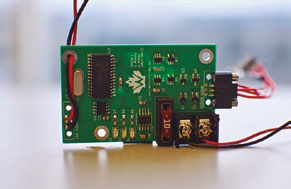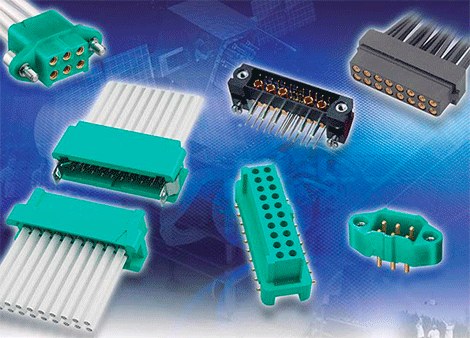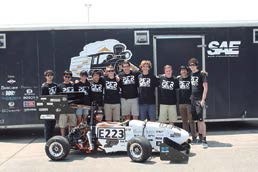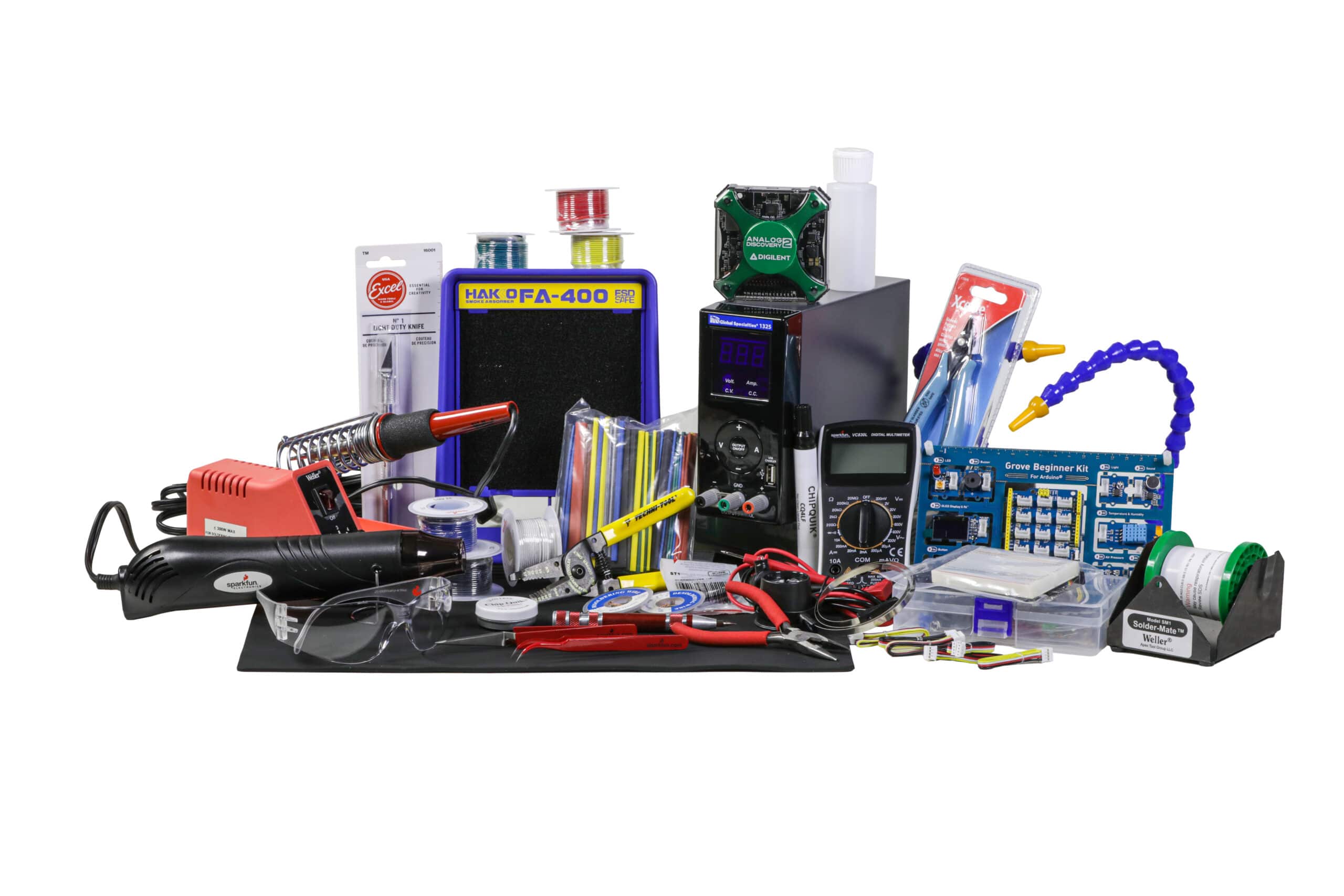One of the increasingly important aspects of today's college education is the development of problem-solving skills and first-hand experience of how team dynamics work. This makes the students are much better prepared for the work environment after graduation. Engineering project competitions are proving to be a very effective way of achieving this and in some such competitions the participating students look up to the stars. Waterloo Rocketry is a highly successful team of rocket designers, all students at the University of Waterloo (Ontario, Canada) who strive to push performance further. Applying various disciplines—from mechatronics and mechanical engineering to electrical and electronic engineering, chemistry, nanotechnology, and computing—the team has competed in the Spaceport America (SA) Cup for the past decade. In this annual competition (held in the southern New Mexico desert), academic teams develop, build, launch, and subsequently recover highly advanced rockets. There are more than 100 participating teams from many countries and bitter rivalries have emerged over the years.
Waterloo Rocketry has achieved an impressive track record of success and has won several SA Cup awards in recent years. In 2017, its VIDAR III rocket was the first in the 10.000ft hybrid category (in which rockets have a source of solid fuel and a liquid oxidizer) and also received the coveted award for technical excellence. Their UXO rocket helped them retain the 10.000-foot hybrid category title the following year, when it reached an altitude of 13.000 feet. This year's event is coming up (it takes place in June) and final preparations are underway for the team's newest project, one more ambitious than any they have attempted before. The goal is for the new rocket to reach an impressive altitude of 30.000 feet (almost triple what previous rockets have achieved and close to the flying altitude of a commercial airliner). In order for the 5,2m-tall hybrid rocket to reach such an altitude, the 30-person team had to completely rethink every aspect of the design they had employed in their rockets thus far. To reach such a high altitude, the structure, payload, propulsion and aerodynamics must be considerably improved.
More space is needed for the oxidizer and fuel storage, as well as for the parachute (which is much larger than last year to ensure safe recovery from such a high altitude). All the components that make up the rocket must be very compact to save space. They must also be as light as possible to give the rocket maximum range with its limited fuel reserves. At the same time, it must offer high levels of robustness so that it can withstand the stresses to which the rocket is subjected. The rocket motor is planned to deliver much higher power (about 50% more than before) and the time at which the motor is on has also been noticeably increased (up to about 25s) with a longer interval to maximum intensity.
In this project, the team wanted to interconnect all of the rocket's electrical systems responsible for propelling it, as well as monitoring the main parameters during flight. To do this they would need connectors strong enough to survive launch acceleration, as well as quick and easy assembly with a minimum number of tools (since most assembly is done by hand in the desert just before launch). ). Space constraints mean they abandon the large 5mm pitch strips used on previous rockets as they would be too bulky for this new design. After studying different options through the distribution website they know, the team's electrical engineers were able to make a decision on the best solution. The candidate that stood out above all others was Harwin's 2mm pitch Datamate JTek series due to the ability of these connectors to carry power and data, as well as their ability to withstand vibration forces of 10G for 6 hours and extreme temperatures. from -55°C to +125°C.
The contacts that incorporate these connectors, manufactured with a copper-beryllium alloy, based on a proprietary design of 4 terminals in one piece, can withstand exposure to strong shocks. Each contact is also capable of carrying up to 3,3A (3A if all contacts are loaded simultaneously) and the new T-Contact versions now available can go up to 8,5A. In total, seven Datamate J-Tek units have been incorporated directly into the rocket design to link six electrical subsystems on board. These are the radio communication subsystem, the sensor suite, data logging hardware (for diagnostics), a GPS receiver (which helps recover the rocket), and the two valve control subsystems. “As we are trying to reach a much higher altitude, we have been forced to think of a much smaller basic design.
All components need to accommodate the volumetric constraints we are facing without adding significant weight to the total as this would reduce range,” explains Aaron Morrison, Waterloo Rocketry Project Co-Director. "On top of this, it must also be robust enough to withstand vibration and launch acceleration." “We only have one release opportunity a year and the countless hours of work we have put into the project would have been wasted if a component failed. Harwin's Datamate J-Tek connectors are small, light and strong, so they meet all of our criteria. This will allow us to achieve the altitude we want and ensure there is a risk of a malfunction occurring,” he continues. "In addition, in compliance with competition regulations, the screwed closures of these connectors are another essential feature."
The 2019 edition of the SA Cup will take place between June 18 and 22, so the team is finishing its trials and making last-minute adjustments. You can express your support for the team and follow their progress through Facebook. There are also test videos with the rocket motor that can be viewed on YouTube.








